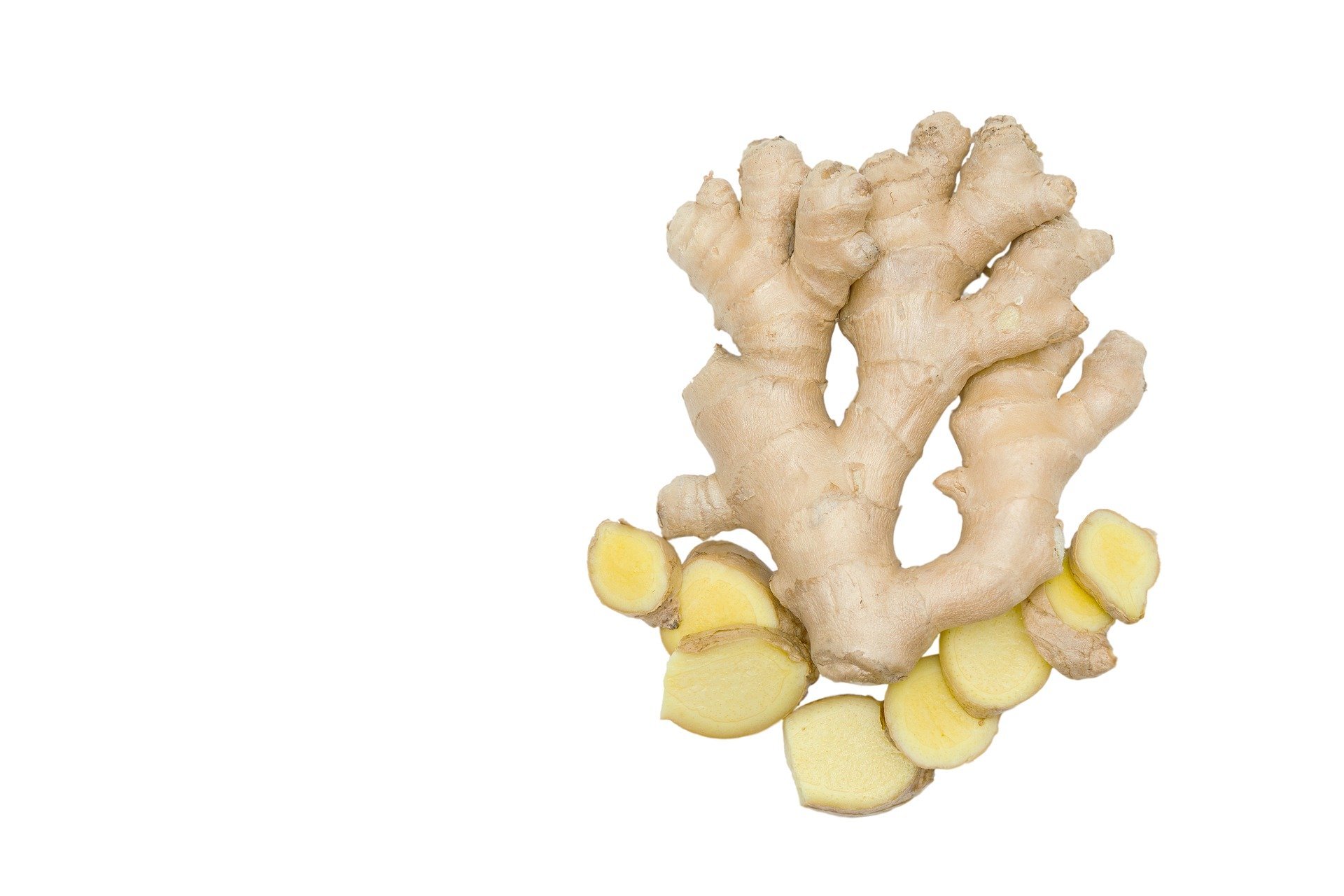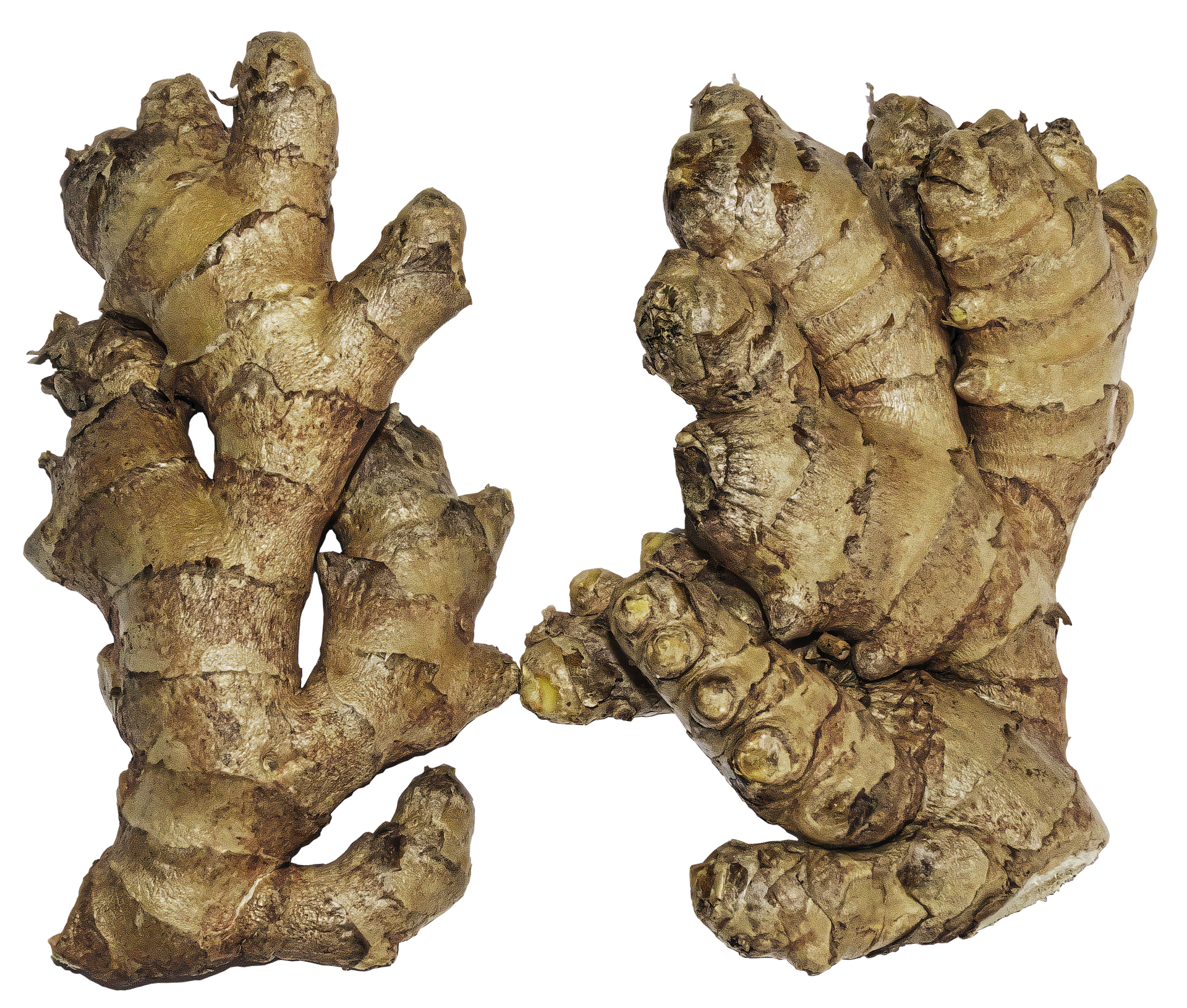Japanese cuisine is known for its unique flavors, presentation, and health benefits. It emphasizes the use of fresh ingredients, and its dishes are often low in fat and calories
Fresh ginger is a root vegetable that has been an integral part of Japanese cuisine for centuries. Its unique aromatic and spicy flavor has made it an essential ingredient in many Japanese dishes, from sushi rolls to noodle soups. Not only is fresh ginger delicious, but it also offers a range of health benefits, such as its anti-inflammatory properties and potential to improve digestion.
In this article, we will explore the many facets of fresh ginger in Japanese cooking, including its cultural significance, preparation techniques, and how to use it in common Japanese dishes.

Introduction to Fresh Ginger in Japanese Cuisine
Ginger is a popular spice used in Japanese cuisine that adds flavor and nutritional benefits to various dishes. It is a root-like rhizome that has been used for thousands of years in traditional medicine and cooking. In Japanese cuisine, fresh ginger is commonly used as a seasoning in dishes such as sushi, soups, and stir-fries.
What is Fresh Ginger?
Fresh ginger is a type of ginger that is not dried or powdered. It is characterized by its knobby, brownish or yellowish outer skin, and pale yellow interior. The flesh of fresh ginger is tender and juicy. The root has a pungent, slightly sweet, and spicy flavor that gives a zesty kick to many Japanese dishes.
Overview of Japanese Cuisine
Japanese cuisine is known for its unique flavors, presentation, and health benefits. It emphasizes the use of fresh ingredients, and its dishes are often low in fat and calories. Traditional Japanese cooking techniques include grilling, boiling, steaming, and frying. Japanese cuisine is also known for its use of umami, the fifth basic taste, which is often achieved by using ingredients such as soy sauce, miso, and dashi (a type of broth).

Health Benefits of Fresh Ginger in Japanese Dishes
Fresh ginger not only adds taste to Japanese dishes, but it also offers many health benefits.
Antioxidant and Anti-Inflammatory Properties
Fresh ginger contains potent antioxidants and anti-inflammatory compounds that can help reduce inflammation and oxidative stress in the body. These properties may help prevent chronic diseases such as cancer, heart disease, and Alzheimer's disease.
Improved Digestion
Fresh ginger is rich in gingerol, a compound that has been shown to improve digestion and reduce gastrointestinal issues such as constipation, bloating, and nausea. In Japanese cuisine, ginger is often added to soups and broths, which can aid digestion and soothe the stomach.
Reduced Risk of Heart Disease
Regular consumption of ginger has been linked to a reduced risk of heart disease. This is because ginger may help lower blood pressure, reduce cholesterol levels, and improve circulation. Japanese cuisine, which often includes ginger as a seasoning, may contribute to the low incidence of heart disease in Japan.

Common Japanese Dishes that Use Fresh Ginger
Fresh ginger is a versatile ingredient that can be added to many Japanese dishes to enhance their flavor and nutritional value.
Sushi Rolls with Ginger and Wasabi
Gari, also known as pickled ginger, is a popular accompaniment to sushi rolls in Japanese cuisine. It is made by pickling thin slices of fresh ginger in vinegar, sugar, and salt. Gari is often eaten between sushi pieces to cleanse the palate and aid digestion. Wasabi, which is a spicy condiment made from the wasabi plant, is also commonly served with sushi and pairs well with ginger.
Soba Noodle Soup with Ginger
Soba noodle soup is a traditional Japanese dish made with buckwheat noodles and a hot broth. Fresh ginger is often added to the broth, along with other seasonings such as soy sauce, mirin, and dashi. The ginger adds a spicy and refreshing flavor to the soup, and may also help improve digestion.
Chicken Teriyaki with Ginger
Chicken teriyaki is a popular Japanese dish made with grilled or broiled chicken that has been marinated in a sweet and savory sauce. Fresh ginger is often added to the marinade to add a spicy and aromatic flavor. The ginger also helps to tenderize the chicken and reduce its cooking time.

How to Prepare and Use Fresh Ginger in Japanese Cooking
Fresh ginger is easy to prepare and use in Japanese cuisine.
Peeling and Grating Fresh Ginger
To prepare fresh ginger, use a vegetable peeler or the edge of a spoon to remove its outer skin. Then, use a fine grater or a microplane to grate the ginger into small pieces. Grated ginger can be added to soups, sauces, marinades, and stir-fries.
Adding Fresh Ginger to Japanese Dishes
Fresh ginger can be added to Japanese dishes in various forms, including grated, sliced, minced, or pickled. It pairs well with other Japanese seasonings such as soy sauce, sake, and mirin. To add ginger to soups and broths, simply add a few slices or grated ginger to the pot and simmer for a few minutes.
Using Fresh Ginger in Tea
Fresh ginger can also be used to make a soothing and aromatic tea. To make ginger tea, grate or slice fresh ginger and steep it in hot water for a few minutes. You can also add other ingredients such as honey, lemon, or green tea to enhance the flavor. Ginger tea is a popular home remedy for colds, flu, and sore throats in Japan.

Where to Find and Buy Fresh Ginger in Japan
Local Markets
One of the best places to find fresh ginger in Japan is at your local market. You can find fresh ginger at farmers' markets, street markets, and even some supermarkets. The benefit of buying ginger at a local market is that it is usually fresher than what you can find at a grocery store.
Supermarkets
Supermarkets in Japan also carry fresh ginger. Look for it in the produce section, typically near the garlic and onion. You can choose from pre-packaged ginger or pick out the ones you want to buy by the piece.
Online Retailers
If you are unable to find fresh ginger at your local market or supermarket, you can always order it online. Several online retailers offer fresh ginger with delivery straight to your door. Just be sure to check the delivery fees and delivery time.

History and Cultural Significance of Fresh Ginger in Japanese Cuisine
The Use of Ginger in Japanese Traditional Medicine
Ginger has been used in traditional medicine for centuries in Japan. It is believed to help with digestion, reduce inflammation, and even alleviate nausea. Japanese people often drink ginger tea or use fresh ginger in dishes to reap its health benefits.
Ginger in Japanese Folklore and Celebrations
In Japan, ginger has a significant role in folklore and celebrations. It is believed that ginger can keep evil spirits away and bring good luck. Ginger is also a common ingredient in traditional Japanese New Year's dishes.

Tips and Tricks for Cooking with Fresh Ginger
Using Different Forms of Ginger
There are various forms of ginger you can use in your cooking, such as fresh ginger, pickled ginger, and dried ginger powder. Each form has a different flavor profile and can add a unique taste to your dish.
Pairing Ginger with Other Flavors
Ginger pairs well with several other flavors, including garlic, soy sauce, and sesame oil. When used together, they create a rich umami flavor that complements a wide range of dishes.
Storing Fresh Ginger
To keep your fresh ginger fresh longer, store it in the fridge wrapped in a paper towel and plastic wrap. Alternatively, you can peel, slice, and freeze your ginger, which makes it easy to use and can last up to six months.

Conclusion and Final Thoughts on Fresh Ginger in Japanese Dishes
Fresh ginger is an essential ingredient in Japanese cuisine, adding a distinct flavor and numerous health benefits to any dish. Whether you are using it in traditional Japanese dishes or experimenting with new recipes, fresh ginger is a versatile and flavorful ingredient that will elevate any meal.
In conclusion, fresh ginger is a versatile and healthy ingredient that adds a unique flavor to Japanese cuisine. Its use in traditional medicine and folklore further highlights its cultural significance in Japan. Whether you are an experienced chef or a beginner home cook, incorporating fresh ginger into your Japanese dishes is sure to add depth and complexity to your meals. So, go ahead and experiment with this flavorful root and enjoy the many benefits it has to offer.
Frequently Asked Questions (FAQ)
What is the difference between fresh ginger and ground ginger?
Fresh ginger is the root of the ginger plant and has a spicy, pungent flavor. Ground ginger, on the other hand, is made by grinding dried ginger root into a powder. While ground ginger can be used as a substitute for fresh ginger in some recipes, it has a milder flavor and lacks the aromatic oils that fresh ginger provides.
Can I use frozen ginger instead of fresh ginger?
Yes, frozen ginger can be used as a substitute for fresh ginger. Simply grate the frozen ginger while it is still frozen, as it will be easier to grate than when it is thawed. Keep in mind that frozen ginger may have a slightly different texture and flavor than fresh ginger, so it may not be an exact substitute.
How do I store fresh ginger?
Fresh ginger can be stored in the refrigerator for up to three weeks. To keep it fresh, wrap the ginger in a paper towel and place it in a plastic bag with the air squeezed out. You can also freeze fresh ginger by peeling and grating it first, then placing it in an airtight container in the freezer for up to six months.
Are there any side effects to eating too much ginger?
While ginger is generally safe to consume in moderate amounts, eating too much ginger may cause some side effects, such as digestive upset, heartburn, or diarrhea. It may also interact with certain medications, so it's important to talk to your doctor if you have any concerns.
